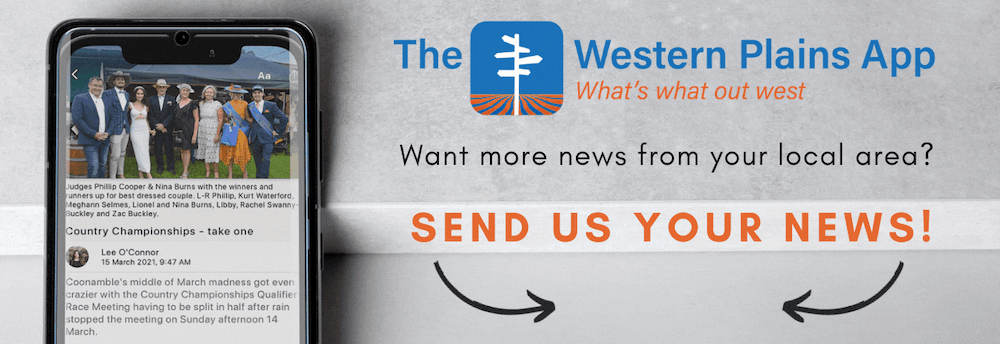Kangaroos no longer get the boot
Kristin Murdock
03 April 2023, 3:40 AM
 Kangaroo leather was recently banned by two international sporting goods companies.
Kangaroo leather was recently banned by two international sporting goods companies.Oregon in the United States is a long way from the Western Plains, but earlier this year a decision was made there that affects local industry.
A move was made to ban the sale of "any part of a dead kangaroo or any product containing a part of a dead kangaroo".
Now well-known sports brands Nike (whose headquarters are in Oregon) and Puma have stated they will stop using kangaroo leather for their products such as boots and balls, and replace it with their own synthetic materials — a move that will have ongoing consequences for tanneries and professional roo harvesters in Australia.
The ban has been welcomed by animal lobby groups but those in the industry say that concerns such as joeys being left behind after harvesting were not warranted.
One roo harvesting professional is Garry Trindall who harvests kangaroos for a meat and hide processor in Walgett and has done so for more than 50 years.
Mr Trindall told the ABC that concerns for joeys were misguided because most professional shooters only shot larger kangaroos.
"We try to cull what needs to be culled, that's the older and bigger kangaroos," he said. "Nine times out of ten, if we shoot those, they have joeys that are big enough to survive by themselves."

Walgett-based kangaroo harvester Gary Trindall says some concerns are misguided. IMAGE: Facebook.
The Kangaroo Industry Association of Australia (KIAA) is the peak representative body for the commercial kangaroo industry, representing 90 per cent of kangaroo meat and skin processors across the country.
KIAA President, Ray Borda, said kangaroo leather is a by-product of the meat industry which would otherwise end up in landfill.
“Our priority is to use ethical and sustainable practices to turn a by-product into a valuable, premium product. This is a responsible approach in a circular economy – we’re all being encouraged to make better choices and move away from fast, disposable consumer goods,” he said.
But how many are out there really?
The Western Plains App spoke to several local farmers who said there “were plenty around.”
Government estimates seem to back this up.

In the 2023 "Quota Report", estimates were 2,726,071 Eastern grey kangaroos alone in the region covering Tibooburra, Broken Hill, Lower Darling, Griffth north and south, Cobar, Burke, Narrabri and Coonabarabran.
There is a quota of 392,963 (Eastern greys) which can be commercially harvested this year, a year on year rise of around 35000 animals. Harvesting figures were not specific for red and Western grey species.
To obtain these estimates, surveys are done with fixed-wing aircraft with four observers independently recording observations along the same transect, with two observers on each side of the aircraft.
Coonabarabran recorded the highest density of animals across the western area of 19.9 kangaroos per square kilometre.
Regardless of the decision to ban kangaroo leather by Nike and Puma, kangaroo harvesting will continue to be divisive.
Last year, in a social media post, Upper House MLC for the New South Wales Animal Justice Party Mark Pearson, said he did not believe the animals should be killed for "commercial, recreational or population control" purposes and that populations were "in dire trouble".
The Pastoralists’ Association of West Darling (PAWD), an agri-political lobby organization looking after the special interest of its wool, sheep cattle and goat producing members living in the pastoral regions of the Western Division New South Wales disagrees.
"It's not uncommon for graziers to see 300 or 400 on the fence line in front of them pretty well most of the time." PAWD president Terry Smith said.

Nationals Leader David Littleproud has spoken out about the impact of kangaroo leather bans. PHOTO: Twitter
Farmers' observation have been backed by some scientific studies which claim that, due to farming practises, kangaroo numbers have increased to unsustainable levels and have objected to the campaign to ban kangaroo leather, saying it will do more harm than good.
"These scientists have got it right," said David Littleproud, Leader of the Nationals in the Australian Parliament, in a recent interview with Sky News. "There'll be perverse animal welfare outcomes out of this.
"There are over 45 million kangaroos out there and the reason there's so many is because of our agricultural practises. We put watering points in.
"But what happens is that in droughts, those watering points dry up. And there's a perverse animal welfare outcome where these animals sadly dehydrate and starve to death. And so what we need to do is commercialise these animals."




